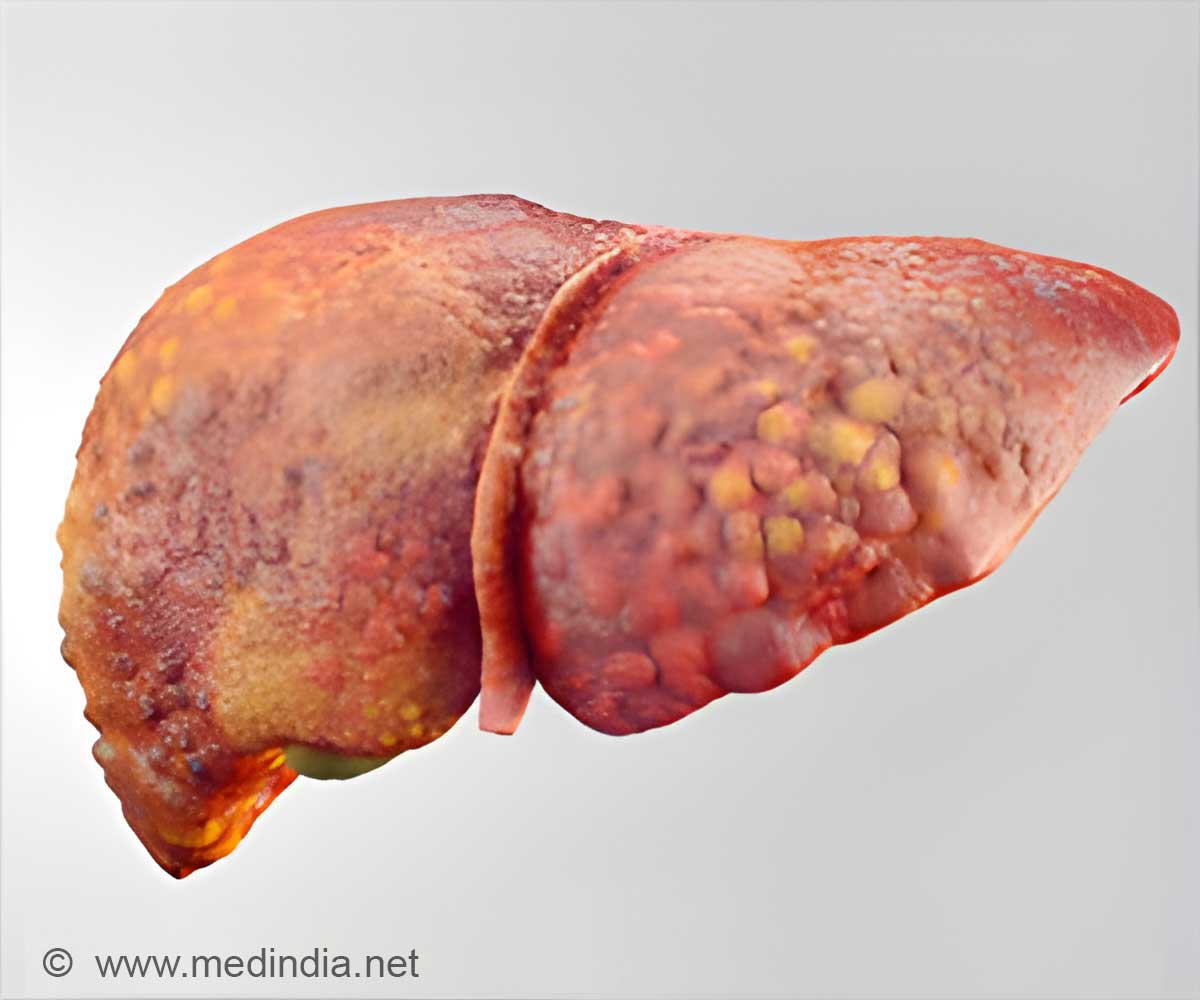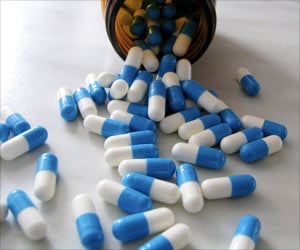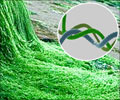Astaxanthin, a pigment obtained from an alga may prevent and reverse liver changes in non-alcoholic fatty liver disease (NAFLD).
- Non-alcoholic fatty liver disease (NAFLD) is a common liver disease in obese individuals
- Astaxanthin, a pigment from an alga, has the potential to prevent and reverse liver changes associated with non-alcoholic fatty liver disease
- Further research is required to establish its benefits in humans with the liver damage
A dietary pigment astaxanthin could probably be used as a tool to combat against
non-alcoholic fatty liver disease. Research on this pigment in liver disease is being carried out by researcher Ji-Young Lee at the Department of Nutritional Sciences, University of Connecticut.
Fat accumulation in the liver can have serious consequences. It causes liver inflammation and liver dysfunction. Further worsening of the condition results in scar tissue formation and cirrhosis, and
finally liver failure.
Cirrhosis can also result in liver cancer. Alcohol is a common cause of fatty liver, though non-compulsive drinkers and teetotalers may also suffer from a similar liver disease called non-alcoholic fatty liver disease (NAFLD).
Obesity is commonly linked with NAFLD, and the ever-growing number of obesity cases have only worsened the situation. Genetic predisposition is a common contributor to NALFD, along with a high fat diet and poor lifestyle habits.
Researcher Ji-Young Lee is
exploring the use of a pigment called astaxanthin obtained from an alga
Haematococcus pluvialis in patients with
NAFLD. The pigment, which gives wild salmon its red color, has been found to
have several benefits in preliminary animal studies. It is an antioxidant that
has been shown to lower blood glucose, as well as cholesterol and
triglycerides, the accumulation of which results in fatty liver. It also has
anti-inflammatory properties and prevents cell damage. In addition, it prevents
activation of a type of liver cells called stellate cells, which cause scar
tissue formation, and may therefore prevent progression of NAFLD to the
fibrosis and cirrhosis stages.
Armed with a grant to carry on
further research, Ji-Young Lee hopes to find a solution in astaxanthin in
preventing as well as reversing changes caused by NAFLD, and its effects on
genes responsible for NAFLD if any.
The use of astaxanthin in the prevention and treatment of liver damage will be particularly useful in vegetarians, who do not consume fish. It should however be remembered that there is nothing to replace a
healthy lifestyle and intake of balanced diet to control obesity and its consequences.
References:
- Nonalcoholic Steatohepatitis
http://www.niddk.nih.gov/health-information/health-topics/liver-disease/nonalcoholic-steatohepatitis/Pages/facts.aspx - Yang Y, Kim B, Lee JY (2013) Astaxanthin Structure, Metabolism, and Health Benefits. J Hum Nutr Food Sci 1: 1003.
Source-Medindia
















